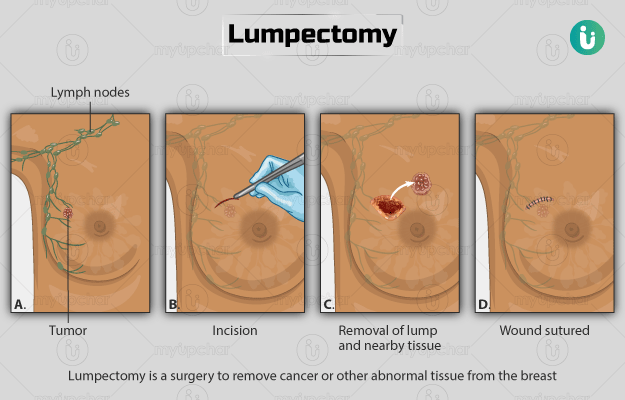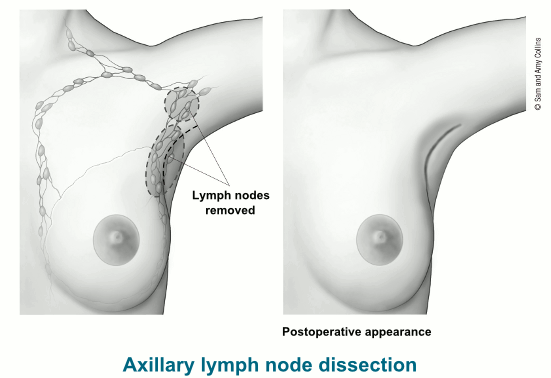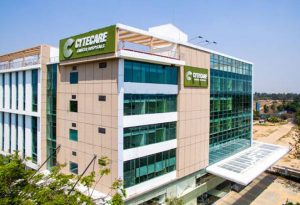Breast Cancer Surgery Options: Lumpectomy vs. Mastectomy in Canada
Most women with breast cancer will be recommended to have some type of surgery as part of their therapy. Different types of surgeries may be recommended for different reasons, depending on the issues surrounding the individual case. Breast cancer surgery options include lumpectomy and mastectomy. Some of the reasons for carrying out the surgery include:… Read More
Top Doctors For Breast Cancer Surgery Options: Lumpectomy vs. Mastectomy in Canada Treatments
Top Hospitals For Breast Cancer Surgery Options: Lumpectomy vs. Mastectomy in Canada Treatments
Breast Cancer Surgery Options: Lumpectomy vs. Mastectomy in Canada
Most women with breast cancer will be recommended to have some type of surgery as part of their therapy. Different types of surgeries may be recommended for different reasons, depending on the issues surrounding the individual case. Breast cancer surgery options include lumpectomy and mastectomy. Some of the reasons for carrying out the surgery include:
- Relieving the symptoms of advanced cancer
- Removing as much of the cancer as possible
- Investigating the spread of cancer to nearby structures like the axillary lymph node
- Restoring the shape of the breast after the removal of the cancer
The type of surgery to be one will depend on the features of the breast cancer, the patient’s medical history and in some cases, the choice of the patient. That is why it is essential to be aware of all the existing surgical options and what they entail.
What kinds of operations are performed for breast cancer?
The two types of surgery that are used to treat breast cancer are mastectomy and lumpectomy. Lymph node dissection may be an additional surgery to be done. Also, breast reconstruction surgery is another type that may be one.
Mastectomy
This is a breast removal surgery; it is the most common type of surgery done in breast cancer cases. This is because the surgery treats both early and late-stage cancers. The procedure can also be carried out prophylactically in some individuals who are at a high risk of developing breast cancer. It is carried out as a preventative measure. The types of mastectomy procedures include:
- Total mastectomy – This is the removal of the entire breast while sparing the chest muscles that lie beneath
- Double mastectomy – This is the removal of both breasts. This is usually considered if the cancer has spread to both the breasts of the individual. It may also be done as a preventive procedure.

- Nipple-sparing mastectomy – This is the removal of the breast tissue, but sparing the skin of the breast and the nipple when possible. This is done to aid the breast reconstruction procedure.
- Modified radical mastectomy – The removal of the breast tissue and the underarm lymph nodes. This is because the lymph nodes are usually the first structures that are affected by the cancer.
- Radical mastectomy – This is the removal of the breasts, the underarm lymph nodes and the chest muscles. It is a rare procedure and only necessary when breast cancer has infiltrated the chest muscles.
Lumpectomy
This is also called breast-conserving surgery, and it is a procedure where only a part of the breast tissue is removed. It is an alternative option for treating earlier-stage breast cancer. When the tumour is small and has not spread, the surgeons will have the option to remove the tumour (lump).

In the procedure, a margin of the surrounding tissue will also be removed, just to ensure that there are no stray cancer cells left. The main advantage of this procedure is that it allows the patient to keep most of their breast. Additional treatment like radiation therapy will be recommended after the surgery to prevent the return of breast cancer. While having a mastectomy will often mean that the patient will not have to undergo any radiation, it has been shown that lumpectomy with radiation therapy is as effective in treating early-stage breast cancer. The types of lumpectomy procedures include:
- Excisional biopsy – This is a procedure that is done to remove a tumour for biopsy. The tumour is then analyzed in the lab to determine if it is benign or malignant.
- Wide local excision – This procedure is done to remove a cancerous tumour and a margin of tissue around it. The marginal tissue will be tested after the surgery to ensure that they are cancer free.
- Quadrantectomy – This is a segmental mastectomy that removes around a quarter of the breast, including the duct-lobular system. This is recommended when the tumour shows ductal spread.
- Re-excision lumpectomy – A procedure that follows the original excision of the tumour and the margin of tissue around it. When the marginal tissue tests positive for cancer cells, the surgeon will then reopen the surgical site to remove the additional margin of tissue until the tissue comes back cancer-free.
Lymph node dissection
This is the first structure that is affected by the cancer spread, and this is usually a sign that the cancer may be spreading beyond the patient’s breasts. The surgeon may then remove and analyze one or several lymph nodes to confirm their diagnosis. The lymph nodes that may be removed are the ones under the arm, next to the affected breast. These are where the breast cancer cells will most likely drain. The lymph node procedures are:
Sentinel lymph node biopsy
This is an investigative procedure used to confirm if cancer has spread to the patient’s lymph system. It is a good indicator because it is the first node that filters fluid draining away from the affected breast. The biopsy is performed during the operation to remove the original tumour from the patient’s breast. In some cases, it is done even before the tumour removal surgery. The sentinel nodes are then examined for cancer cells after their removal. This surgery is less likely to cause lymphedema than axillary lymph node dissection.
Axillary lymph node dissection

The surgeons may want to remove a larger portion of the lymph nodes for analysis if the sentinel node biopsy tests positive for cancer, or if the surgeon still suspects that the patient may have pervasive cancer in their lymph nodes. In this procedure, the surgeon removes a pad of fatty tissue which contains a group of axillary lymph nodes, about 10-20 lymph nodes. They will carefully search through the tissue for any signs of cancer.
Breast Reconstruction
Many women who get a mastectomy will opt to undergo a breast reconstruction either right after the surgery or much later. The surgeons may use implants for the reconstruction, or the patient may choose to use their tissue, usually tissue from their lower abdomen for the reconstruction.
































































































